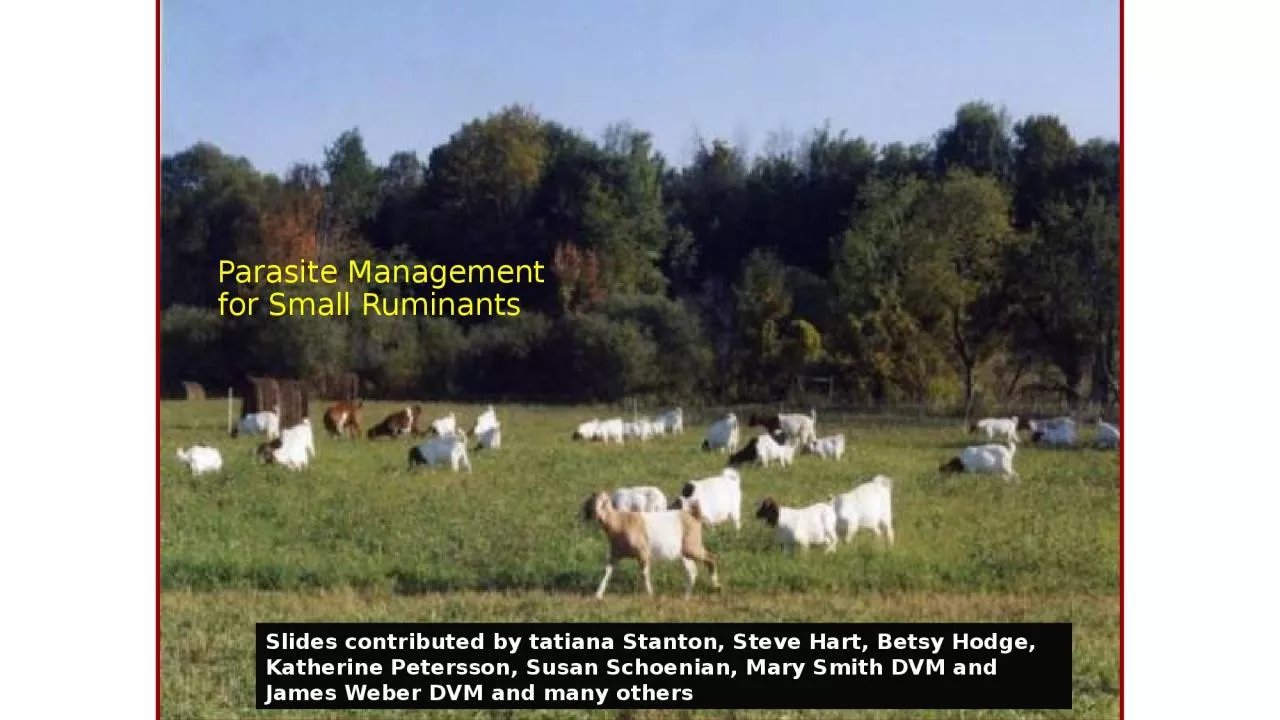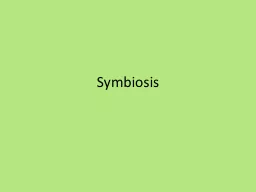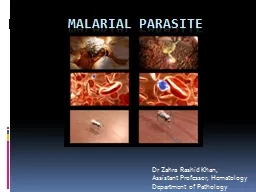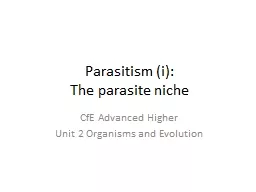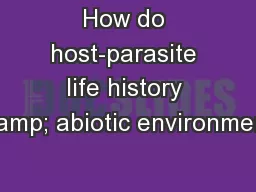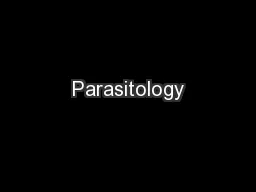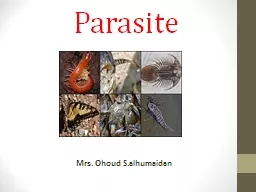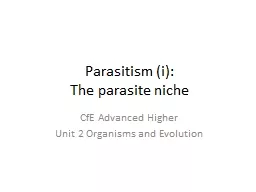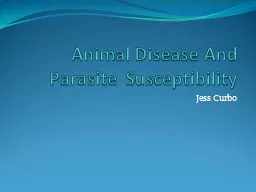PPT-Parasite Management for Small Ruminants
Author : oneill | Published Date : 2024-03-13
Slides contributed by tatiana Stanton Steve Hart Betsy Hodge Katherine Petersson Susan Schoenian Mary Smith DVM and James Weber DVM and many others Part 1 Know
Presentation Embed Code
Download Presentation
Download Presentation The PPT/PDF document "Parasite Management for Small Ruminants" is the property of its rightful owner. Permission is granted to download and print the materials on this website for personal, non-commercial use only, and to display it on your personal computer provided you do not modify the materials and that you retain all copyright notices contained in the materials. By downloading content from our website, you accept the terms of this agreement.
Parasite Management for Small Ruminants: Transcript
Download Rules Of Document
"Parasite Management for Small Ruminants"The content belongs to its owner. You may download and print it for personal use, without modification, and keep all copyright notices. By downloading, you agree to these terms.
Related Documents

